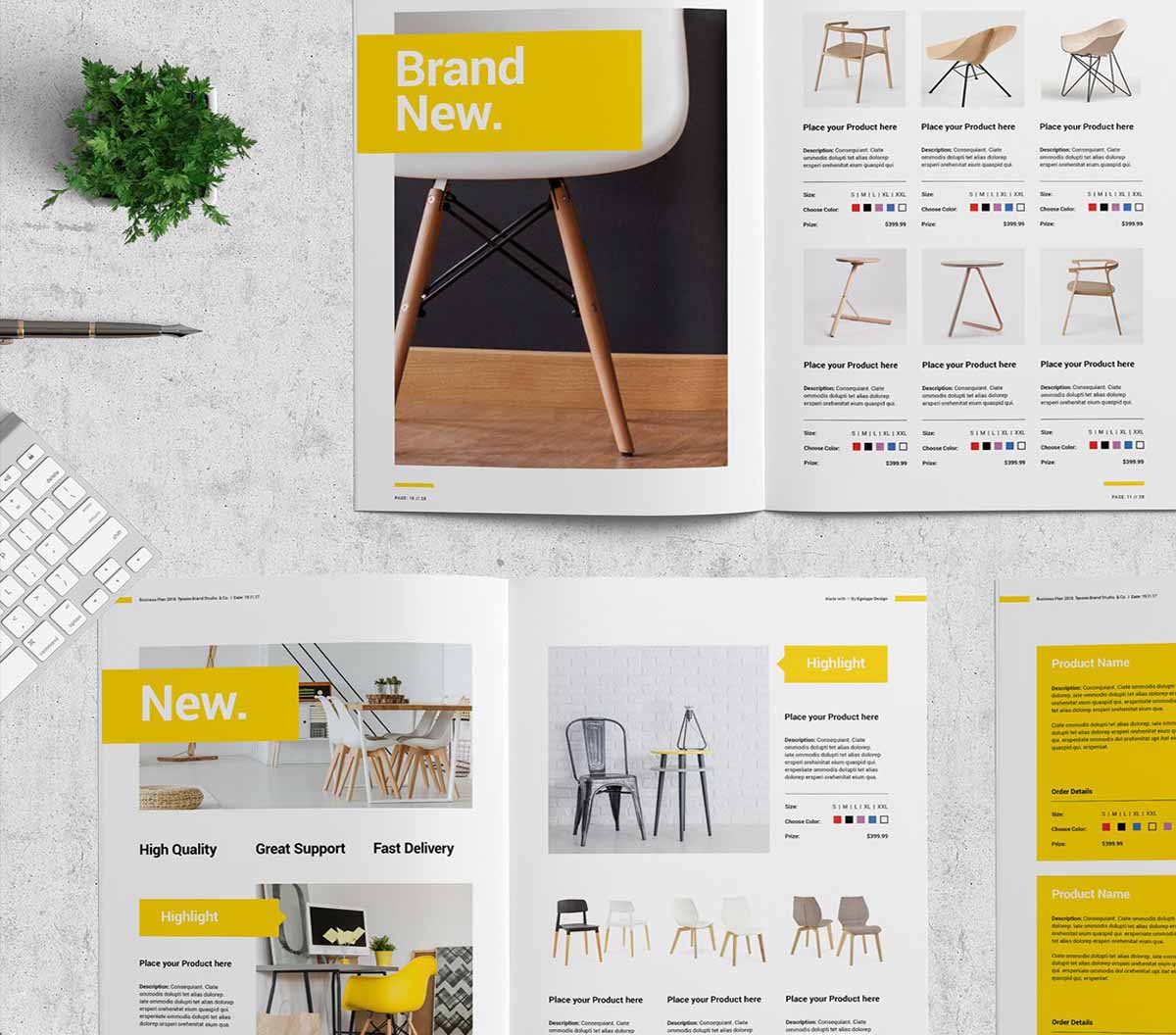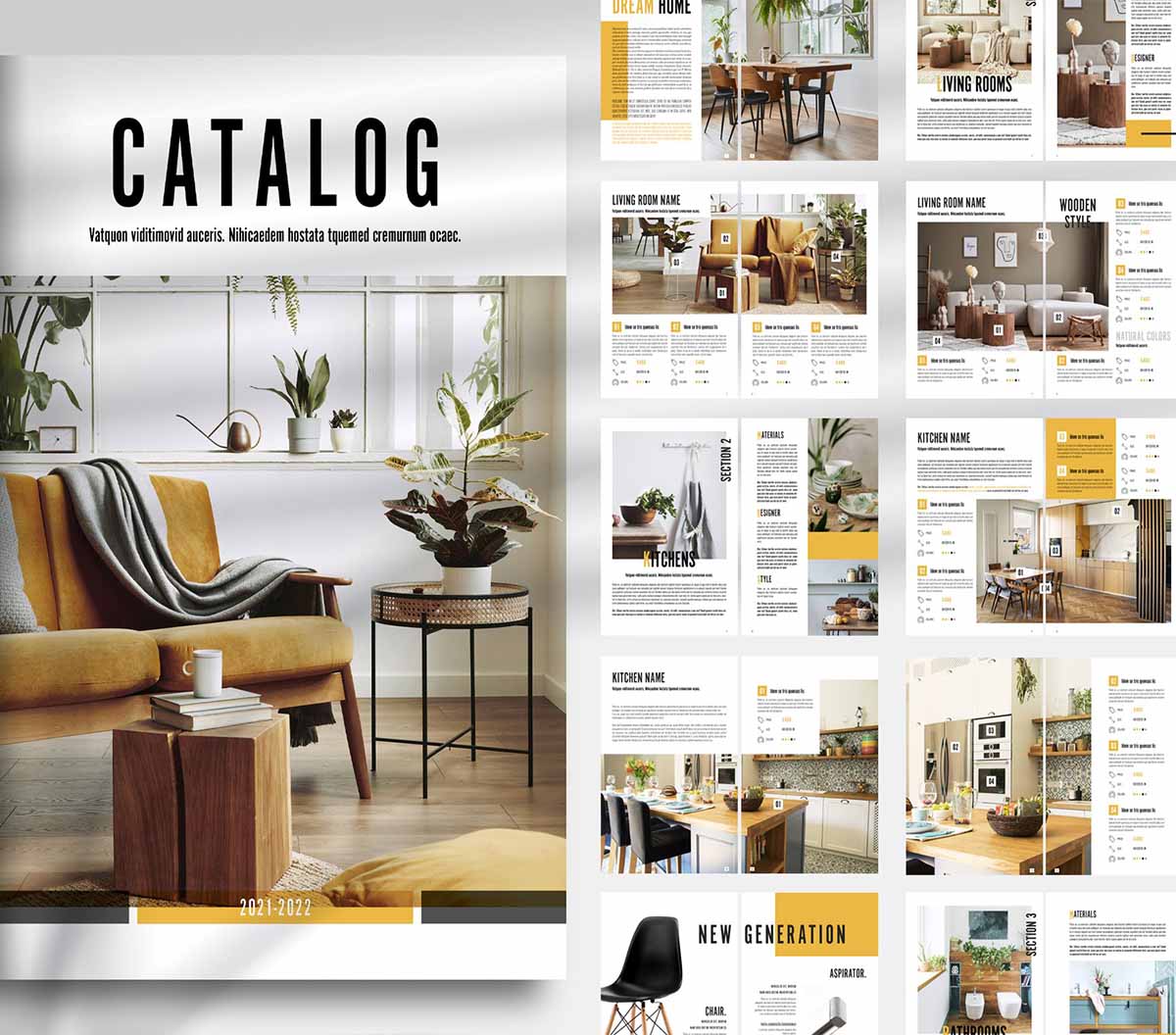The Ins and Outs of product Catalog Design
Catalogs are a common element of many organizations’ marketing efforts, and they’re one of the most effective ways to spread the word about products and services. It shouldn’t be challenging to create a catalog, but the difficulty today is to adapt it to the shifting marketing landscape. Your catalogs should be a mix of your understanding of your target market and your inventiveness. Here is a collection of catalog design recommendations you need to know before creating your own.
benefits of product catalogs
- Make it specific to your target audience.
- Highlight the products.
- Simplifies business cycle
- Centralizes product information
- Assists in sales representative presentations
- Improves conversion rates
- Enhances visual branding
- Reflects special offers or editions

Create for your target market.
The success of a catalog is determined by how well it sells. Make your catalog appealing to your target audience. A catalog for a youthful audience will be very different from one for an older audience. If you’re targeting various people, you might want to create a few different designs to cater to their different tastes and preferences.
Choose your size and format.
 Give your products the room they require. Make sure your catalog is large enough to display all of your products and attracts attention to your most significant products or services while constructing it. Consider the number of pages, the structure, and how your clients will react. For example, suppose you work in a specialist business like bespoke watchmaking or exquisite photography. In that case, you could want a minimalist design with fewer things per page to emphasize the work’s quality and originality.
Give your products the room they require. Make sure your catalog is large enough to display all of your products and attracts attention to your most significant products or services while constructing it. Consider the number of pages, the structure, and how your clients will react. For example, suppose you work in a specialist business like bespoke watchmaking or exquisite photography. In that case, you could want a minimalist design with fewer things per page to emphasize the work’s quality and originality.
Customers should linger over the pages of your work, taking in the intricacies and the “story” behind it. Your preferred printer is an excellent spot to receive expert guidance. Additionally, higher-quality paper stock and more careful consideration of picture quality and color trueness will likely help this readership.




- Customers who use product catalogs to browse products and services
- Marketing teams that use product catalogs to promote products to customers
- Growth and development professionals who use product catalogs to engage audiences and spread awareness
- Sales representatives who can use product catalogs to help give customers more information about products
- Store or warehouse personnel who can use product catalogs to keep track of information like product dimensions and stocking needs
- Business partners or investors who can use product catalogs to learn about the company

